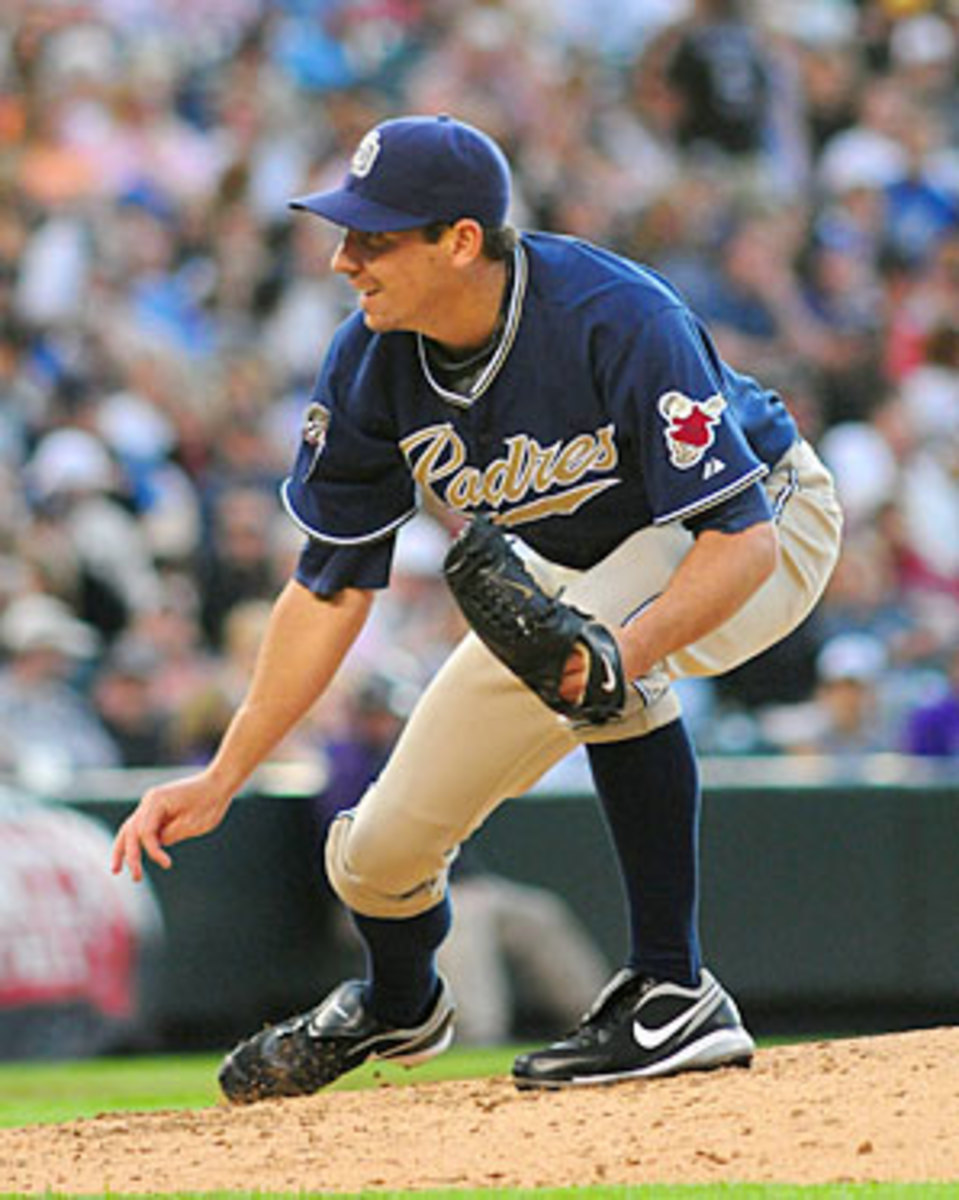Why FIP is a flawed metric
I've seen a lot of articles popping up recently that attempt to evaluate pitchers using the Fielding Independent Pitching statistic. While the original, underlying premise for FIP is sound, and while it's absolutely better to use than simple ERA, and while there are certainly uses for FIP in some circumstances, for 99 percent of fantasy purposes, I ignore FIP completely and absolutely.
FIP is a statistic that attempts to estimate what a pitcher's ERA would be based on his peripheral statistics -- or rather, the peripheral statistics originally suggested by Voros McCracken when he introduced DIPS Theory. This includes strikeouts, walks, hit-by-pitches, and home runs. While we know that strikeouts and walks are extremely important, eight years after Voros's work was originally published, we can definitively say that home runs aren't entirely under a pitcher's control.
Here's how things work: a pitcher can influence the rate of fly balls he gives up. By this logic, the more fly balls allowed, the more total balls will clear the fences for home runs (all else being equal). However, while a starting pitcher can control the rate of fly balls allowed, he cannot do a very good job of controlling the rate at which those fly balls become home runs (with very few exceptions).
To put it more simply, starting pitchers don't have any underlying ability to prevent home runs -- the best they can do is prevent fly balls. If those fly balls are clearing the fence at too high a rate (or too low), we say that the pitcher has been unlucky (or lucky).
And therein lies the problem with FIP.
Here is a list of pitchers that have been undervalued by FIP so far in 2009. If you were to look at the FIP of these pitchers, you would believe that they have pitched worse than they actually have.
To explain the table below, we're seeing the pitcher's LIPS ERA (which also estimates ERA but normalizes HR/FB, in addition to some other things), his FIP, and the difference between the two. I've also included each pitcher's HR/FB rate so you can see just how much this stat influences FIP (for the worse). League average is around 11 percent, and you'll notice that just about every player on this list is well above that number.
While true for nearly all players to some extent, if you see analysis done on these players using FIP, take note that the conclusions should probably be much more positive.
Here is a list of pitchers that have been overvalued by FIP so far in 2009. If you were to look at the FIP of these pitchers, you would believe that they have pitched better than they actually have.
While true for nearly all players to some extent, if you see analysis done on these players using FIP, take note that the conclusions should probably be much more negative.
If you're looking for an alternative to FIP for evaluating players on your own, you have a few options. LIPS ERA is my favorite, and it's now available in Heater Magazine. You could also simply go with xFIP, which appears on every THT player page and is sortable on the leaders pages. Other free options include stats like tRA and QERA.
Hopefully this cleared some things up for some of you, as I know I've gotten a few questions about FIP this season. For those of you who were already aware of its shortcomings, well, hopefully you at least enjoyed chewing on the leaderboards presented. As always, if you have any questions, feel free to e-mail me or comment.






































